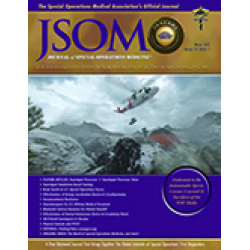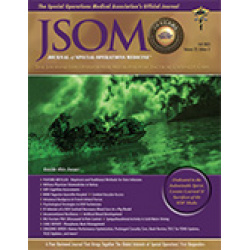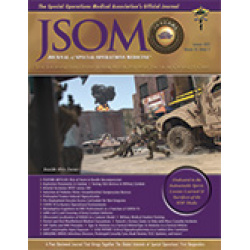Latest Products
Differential Diagnosis of an Unusual Snakebite Presentation in Benin: Dry Bite or Envenomation?
Benjamin JM, Chippaux J, Jackson K, Ashe S, Tamou-Sambo B, Massougbodji A, Akpakpa OC, Abo BN 19(2). 18 - 22 (Case Reports)
A 20-year-old man presented to a rural hospital in Bembéréké, northern Benin, after a witnessed bite from a small, dark snake to his left foot that occurred 3 hours earlier. The description of the snake was consistent with several neurotoxic elapids known to inhabit the area in addition to various species from at least 10 different genera of non-front-fanged colubroid (NFFC) venomous snakes. The presentation was consistent with the early signs of a neurotoxic snakebite as well as a sympathetic nervous system stress response. Diagnosis was further complicated by the presence of a makeshift tourniquet, which either could have been the cause of local signs and symptoms or a mechanical barrier delaying venom distribution and systemic effects until removal. Systemic envenomation did not develop after the removal of the constricting band, but significant local paresthesias persisted for longer than 24 hours and resolved after the administration of a placebo injection of normal saline in place of antivenom therapy. This was an unusual case of snakebite with persistent neuropathy despite an apparent lack of envenomation and a number of snakebite- specific variables that complicated the initial assessment, diagnosis, and treatment of the patient. This case presentation provides clinicians with an opportunity to familiarize themselves with the differential diagnosis and approach to a patient bitten by an unidentified snake, and it illustrates the importance of symptom progression as a pathognomonic sign during the early stages of a truly serious snake envenomation. Treatment should be based on clinical presentation and evolution of symptoms rather than on snake identification alone.


 Español
Español 





